 AI, Pedagogy, and Media Analysis
AI, Pedagogy, and Media Analysis

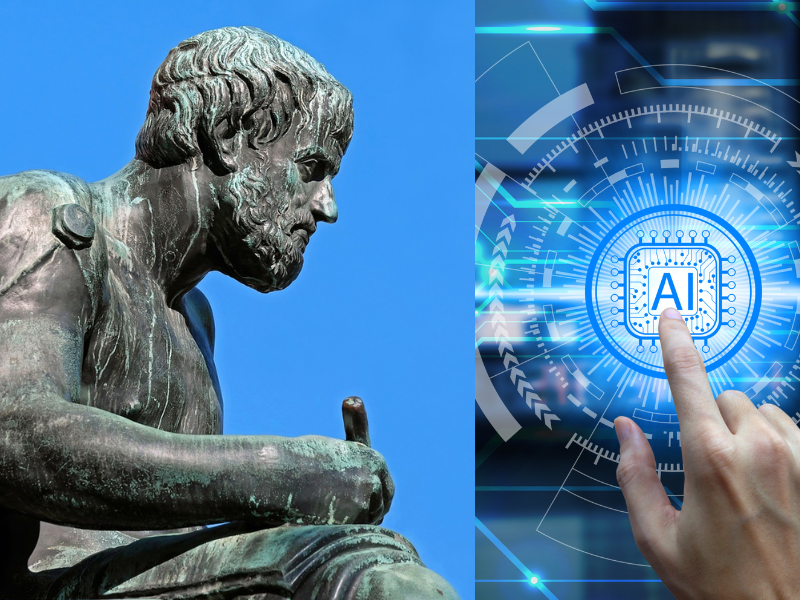
08/2023
This article analyzes the application of Aristotle's Rhetorical Triangle to AI-generated writing, concluding that while AI has potential, it cannot fully replace human writers due to limitations in reliability, credibility, emotional nuance, argumentation, and context.

09/2023
This article discusses the ethical issues surrounding AI and authorship, emphasizing that while AI can assist with writing tasks, it cannot be considered an author due to its inability to ensure accuracy, accountability, and originality.

02/2024
This paper reflects on the development of a personal pedagogy centered on teaching writing through intentional communication, ethics of care, and community building, with a focus on encouraging students to take ownership of their writing in both in-person and online learning environments.

07/24
This critical analysis examines the rhetorical strategies behind Taylor Swift's rerecording of her first six albums, focusing on her use of audience identity, warmth appeals, nostalgia, and feminist messaging to reclaim artistic control and reshape power dynamics in the music industry.
 Academic and Creative Writing
Academic and Creative Writing


01/15
This personal essay from 2015 recounts my lifelong passion for music, detailing my experiences in choir, performances, and songwriting, as well as my commitment to pursuing my love for singing despite challenges.

09/17
This essay analyzes Sophocles' Oedipus the King through the lens of self-fulfilling prophecy, arguing that the characters' actions and beliefs, rather than fate, ultimately lead to the tragic outcome.

11/17
This essay analyzes William Faulkner's "A Rose for Emily" as a Southern Gothic work, highlighting themes such as female entrapment, violence, and decay to illustrate the dangers of clinging to outdated traditions and resisting change in the evolving South.

11/17
This essay analyzes Henrik Ibsen's A Doll's House through a feminist lens, arguing that the complexity of Nora's character and her pursuit of independence embody feminist ideals, despite Ibsen's denial of writing with feminist intent.

11/17
This essay compares the portrayal of love in Byron's "Don Juan" and Keats's "The Eve of St. Agnes," highlighting their differing romantic styles and approaches, with Byron satirizing Keats's idealistic depiction of love.

09/18
This essay explores how Shakespeare's involvement in the theatre allowed him to explore different facets of his identity, reflected in both his personal life and the complex characters he created, who often grapple with themes of identity and self-discovery.

11/18
This essay compares Rosalind from As You Like It and Ophelia from Hamlet, highlighting how Shakespeare uses their experiences to explore the impact of courtly life on women, contrasting Rosalind's freedom and empowerment through disguise with Ophelia's tragic demise under rigid societal constraints.
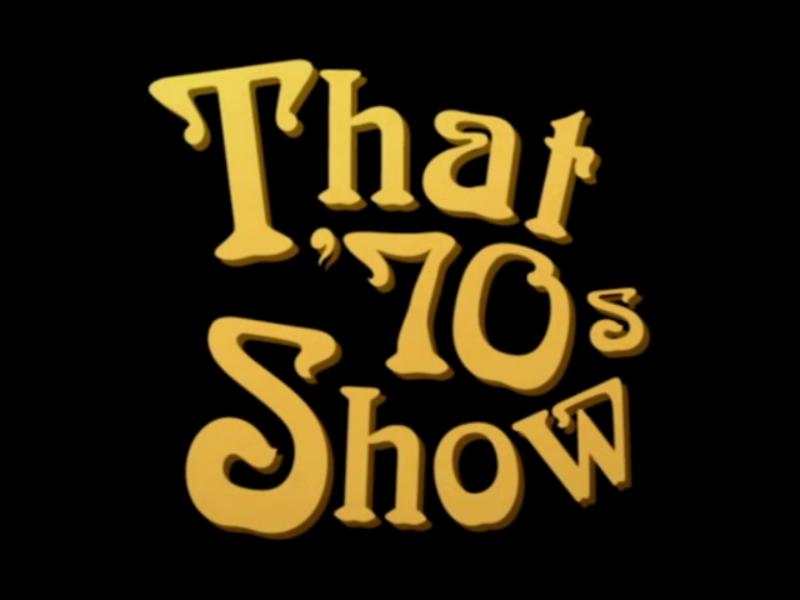
12/18
This essay analyzes the pilot episode of That 70's Show using John Fiske's theories from "Television Culture" to explore how the show reinforces societal power structures, particularly patriarchy, through its portrayal of female characters.
 Technical Writing and NCS (Non-Confidential Summary)
Technical Writing and NCS (Non-Confidential Summary)


This technology utilizes cellulose nanocrystals (CNC) to create recyclable, efficient organic solar cells with high transparency and flexibility, offering a sustainable alternative to traditional silicon-based solar panels for diverse renewable energy applications.
View more on GA Tech Website
This innovative technology leverages grayscale digital light processing (g-DLP) 3D printing to fabricate structures from shape memory polymers that can morph into different shapes post-printing.
View more on GA Tech Website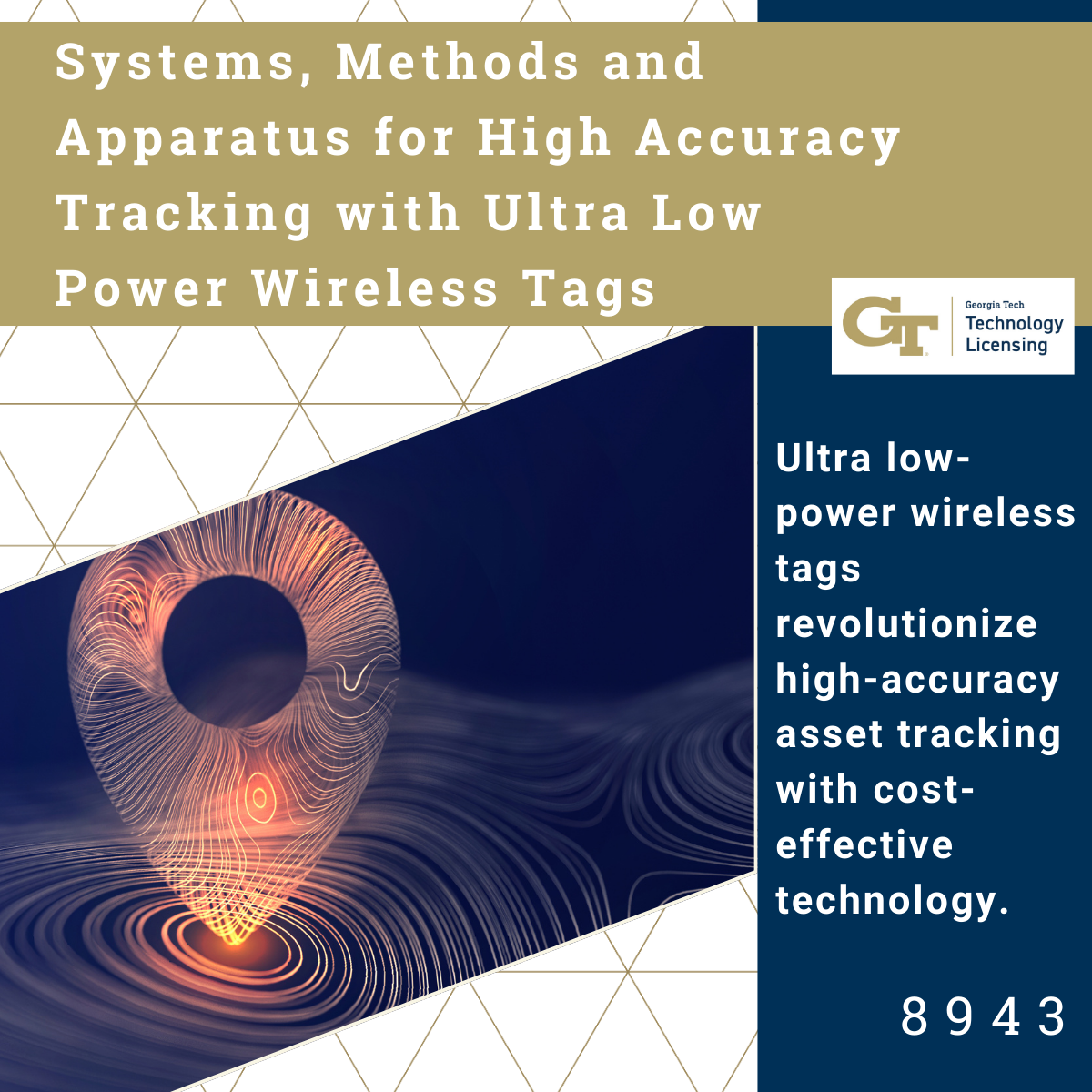
WaveTag enables real-time visibility into asset and inventory tracking, leveraging passive non-linear circuits to transform low-frequency signals into UWB preambles for precise location tracking.
View more on GA Tech Website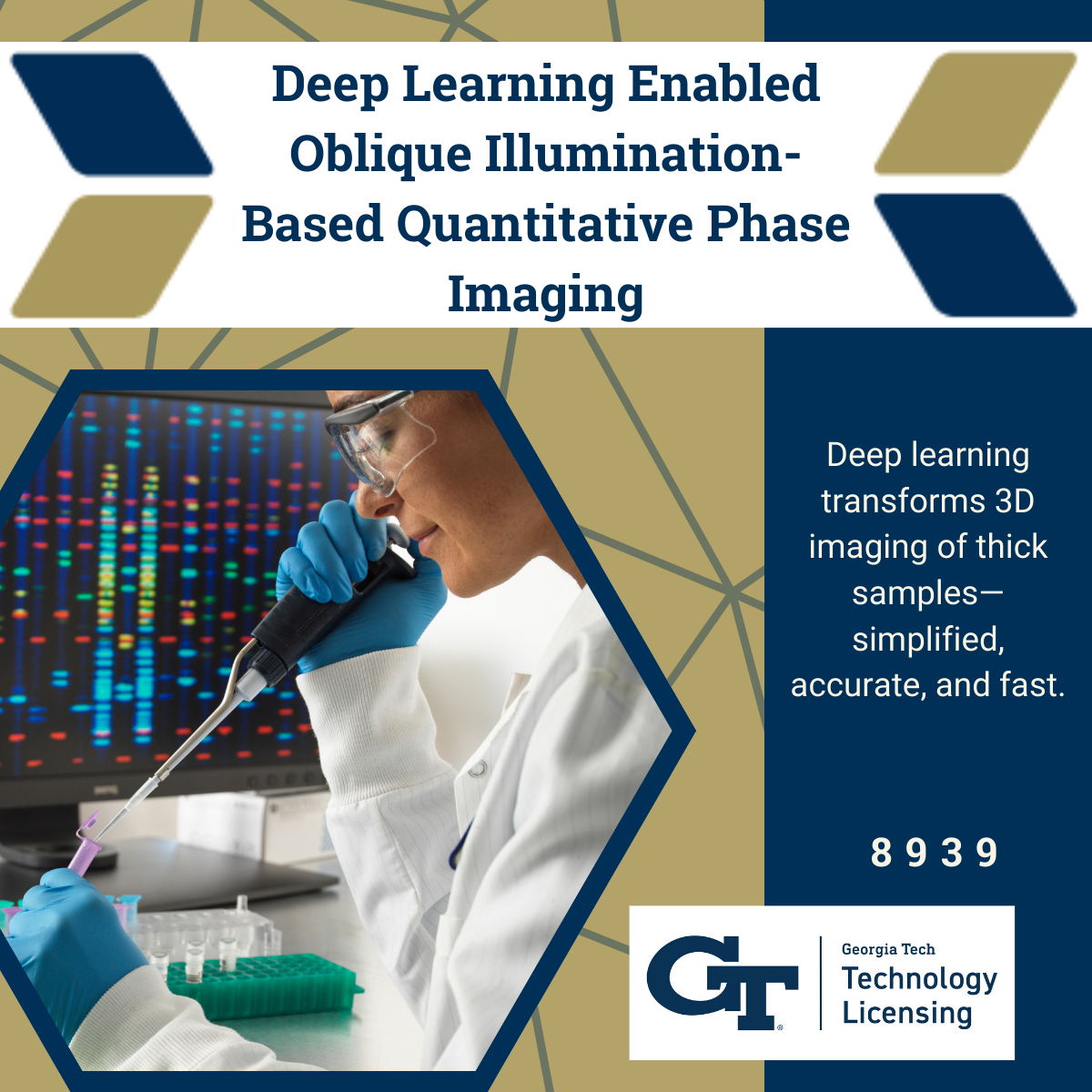
This technology introduces a novel approach to quantitative phase imaging (QPI) by leveraging deep learning and oblique back-illumination microscopy (qOBM) to produce high-resolution, 3D quantitative phase images of thick samples in a single capture.
View more on GA Tech Website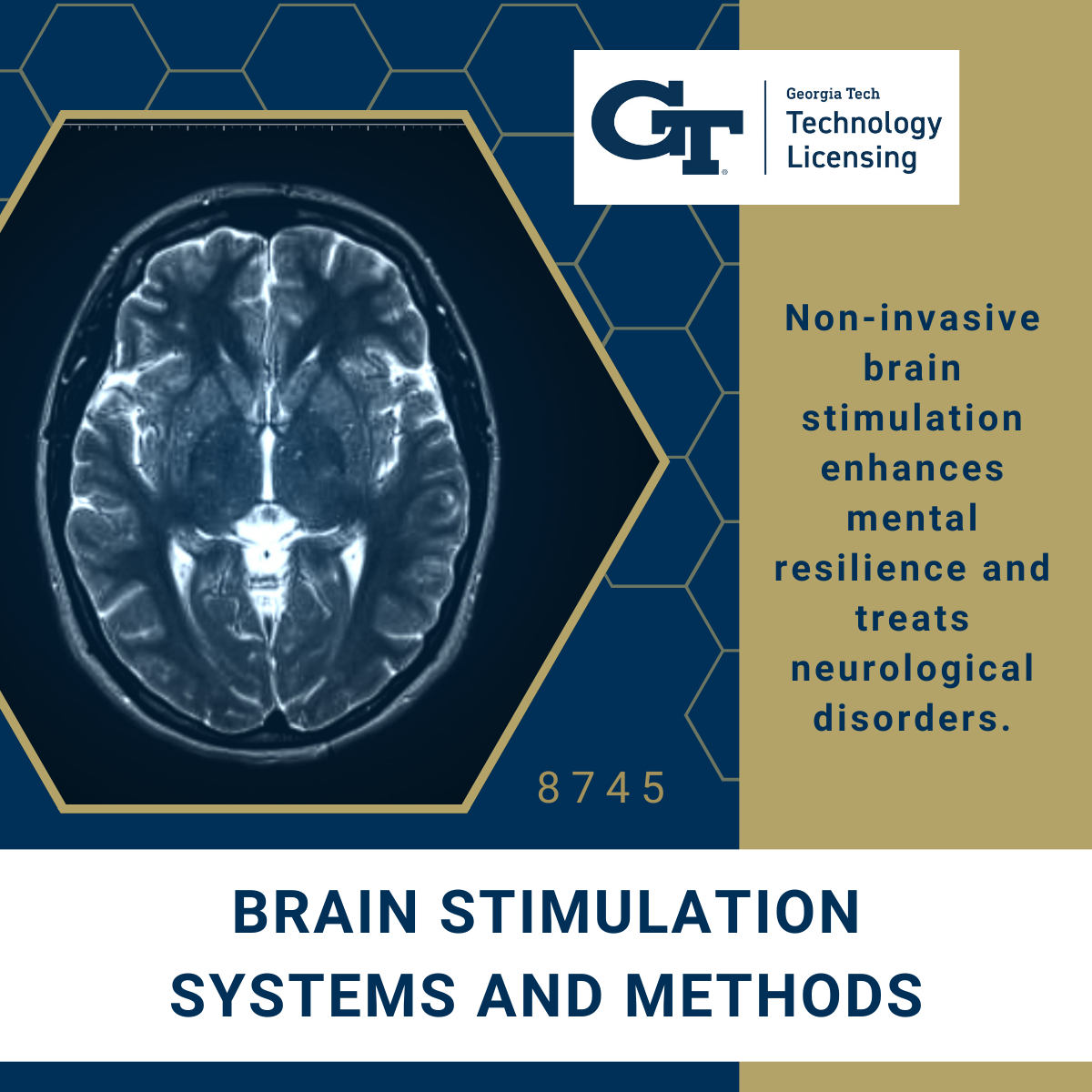
This technology offers a novel approach to treating neuropsychiatric and neurological disorders through non-invasive brain stimulation, using sensory flicker at specific frequencies to induce neurological responses.
View more on GA Tech Website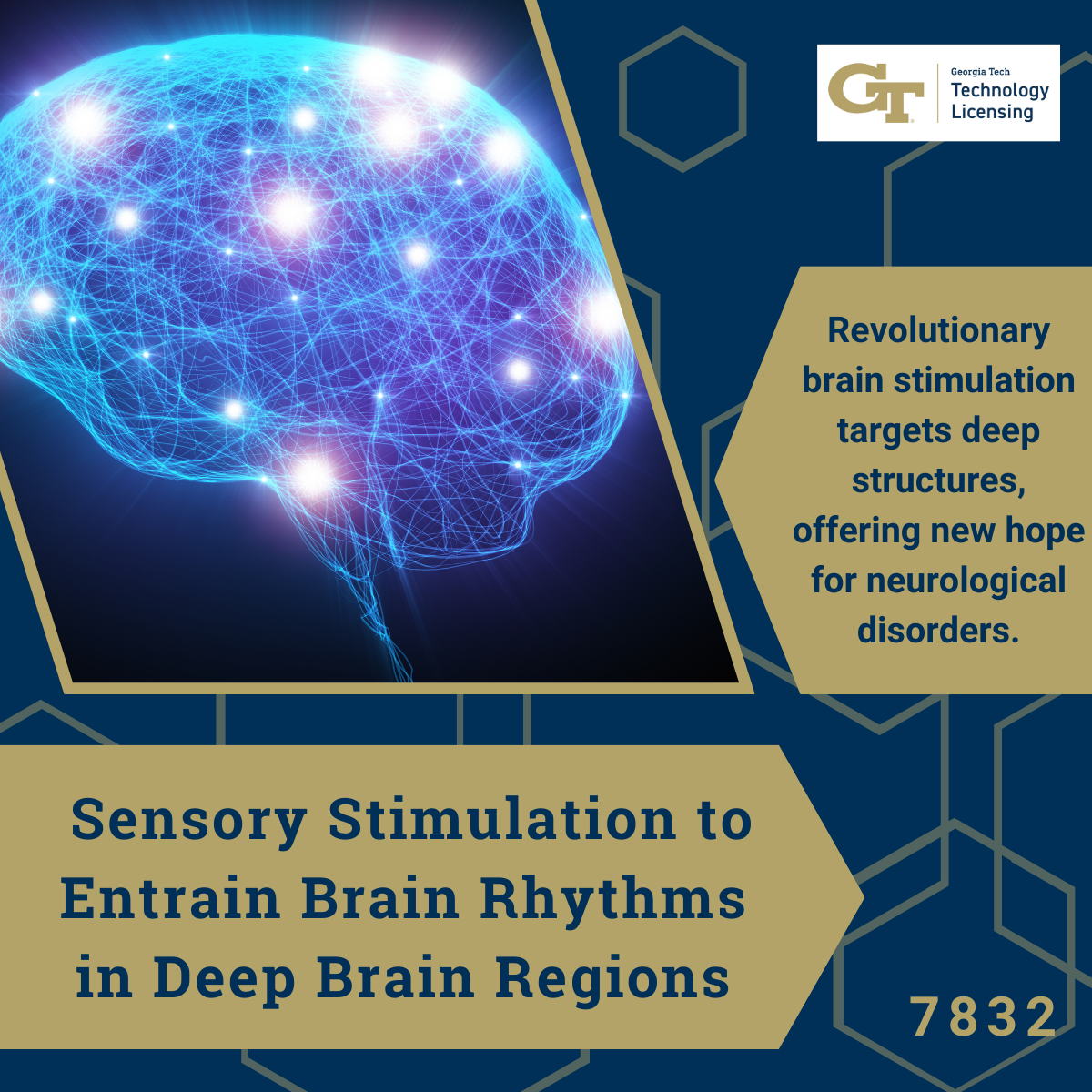
This technology utilizes auditory and visual stimuli to non-invasively entrain specific neural rhythms within deep brain structures, addressing diseases characterized by altered rhythmic activity such as Alzheimer's, Parkinson's, and epilepsy.
View more on GA Tech Website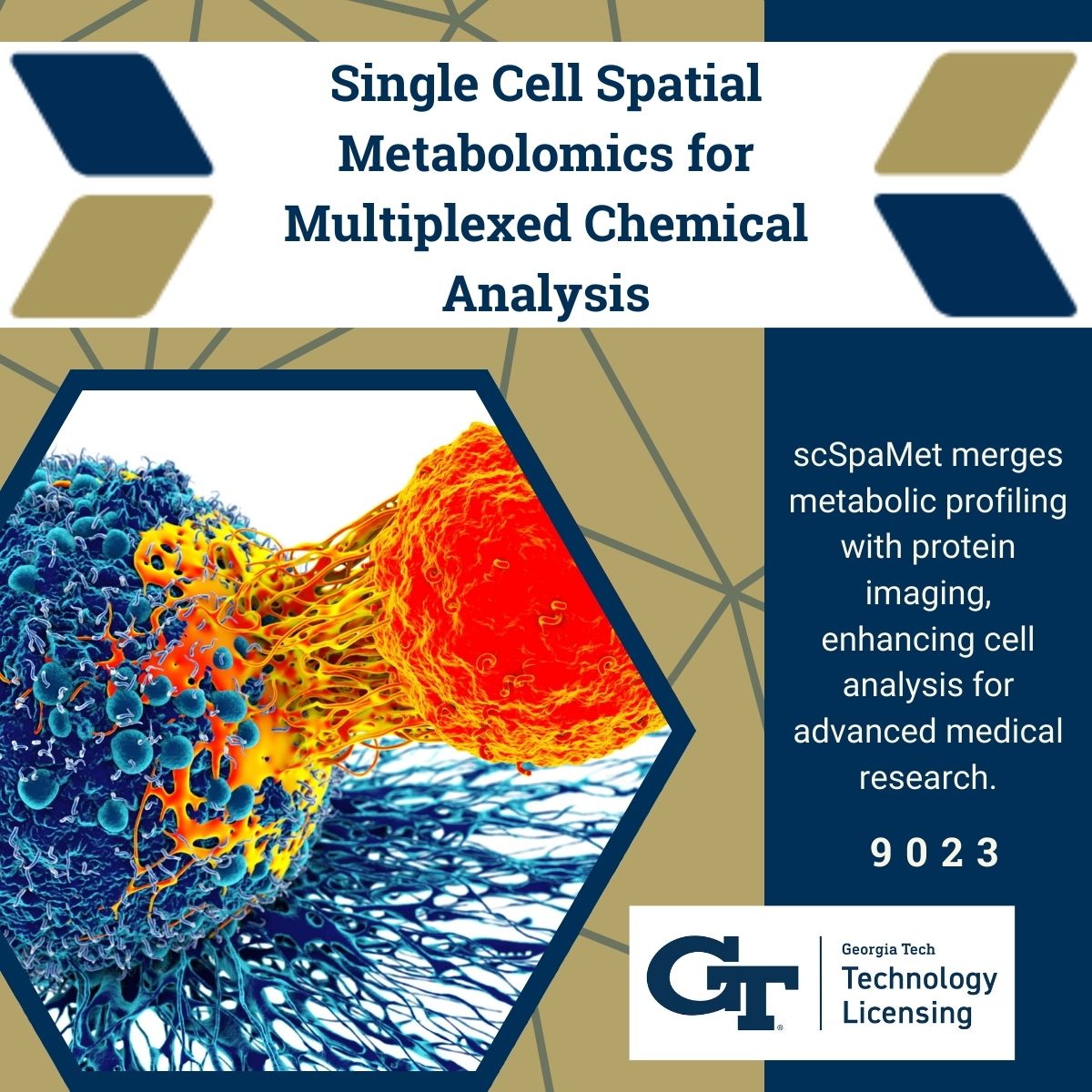
This technology, called Single Cell Spatially resolved Metabolic (scSpaMet) framework, integrates spatial metabolomics with protein imaging to enable detailed profiling of metabolic and protein interactions in individual cells, providing valuable insights for cancer and immune research.
View more on GA Tech Website
This invention introduces a high-stiffness layer in press fabric used in papermaking to enhance dewatering, significantly reducing moisture content and energy consumption during the drying phase.
View more on GA Tech Website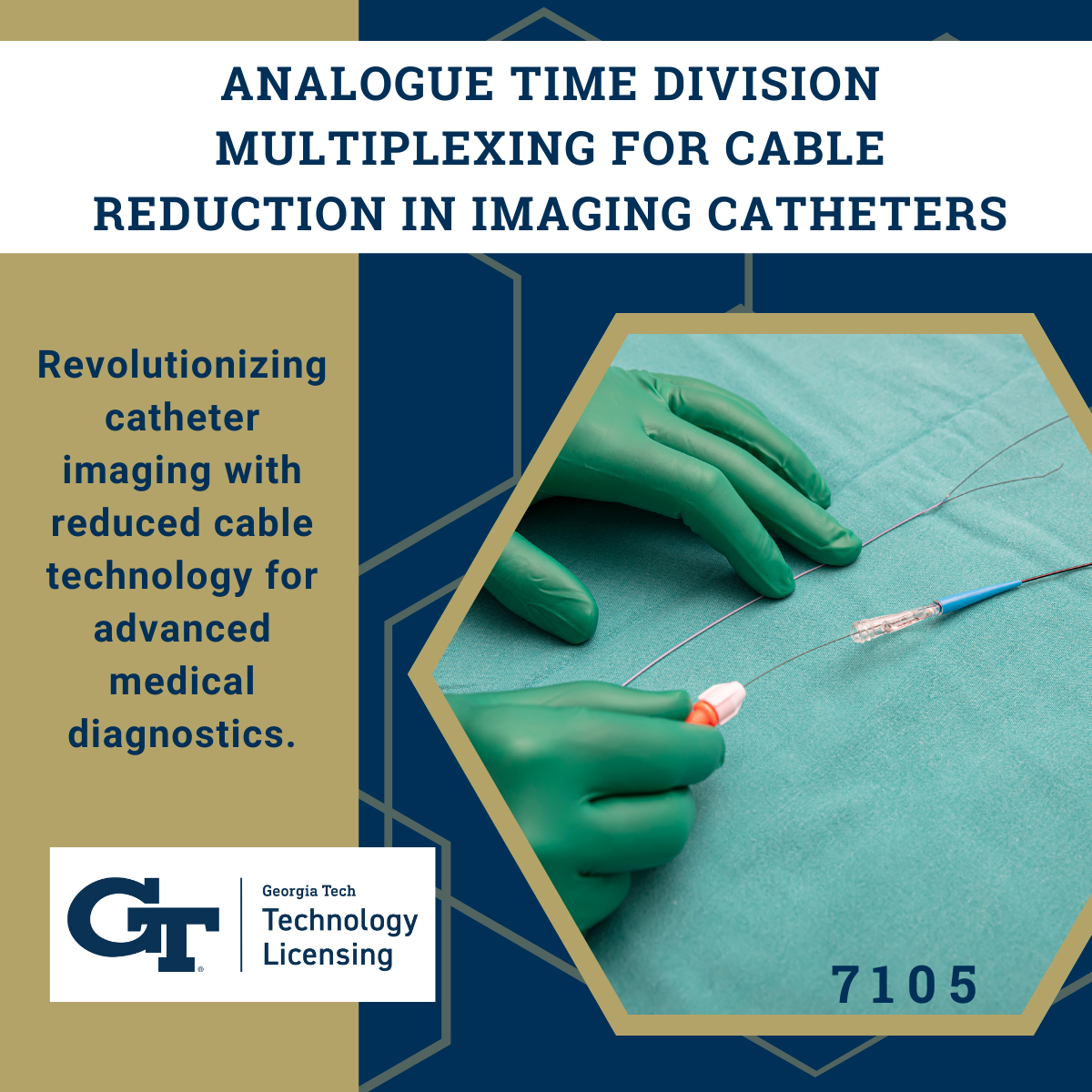
This technology utilizes Analogue Time Division Multiplexing (TDM) to reduce cable complexity in imaging catheters, enabling real-time 3D imaging for Intracardiac Echocardiography (ICE) while eliminating the need for harmful X-ray imaging.
View more on GA Tech Website
The technology aims to improve the structural integrity and performance of zinc anodes, which are crucial for extending the life and efficiency of batteries in various applications.
View more on GA Tech Website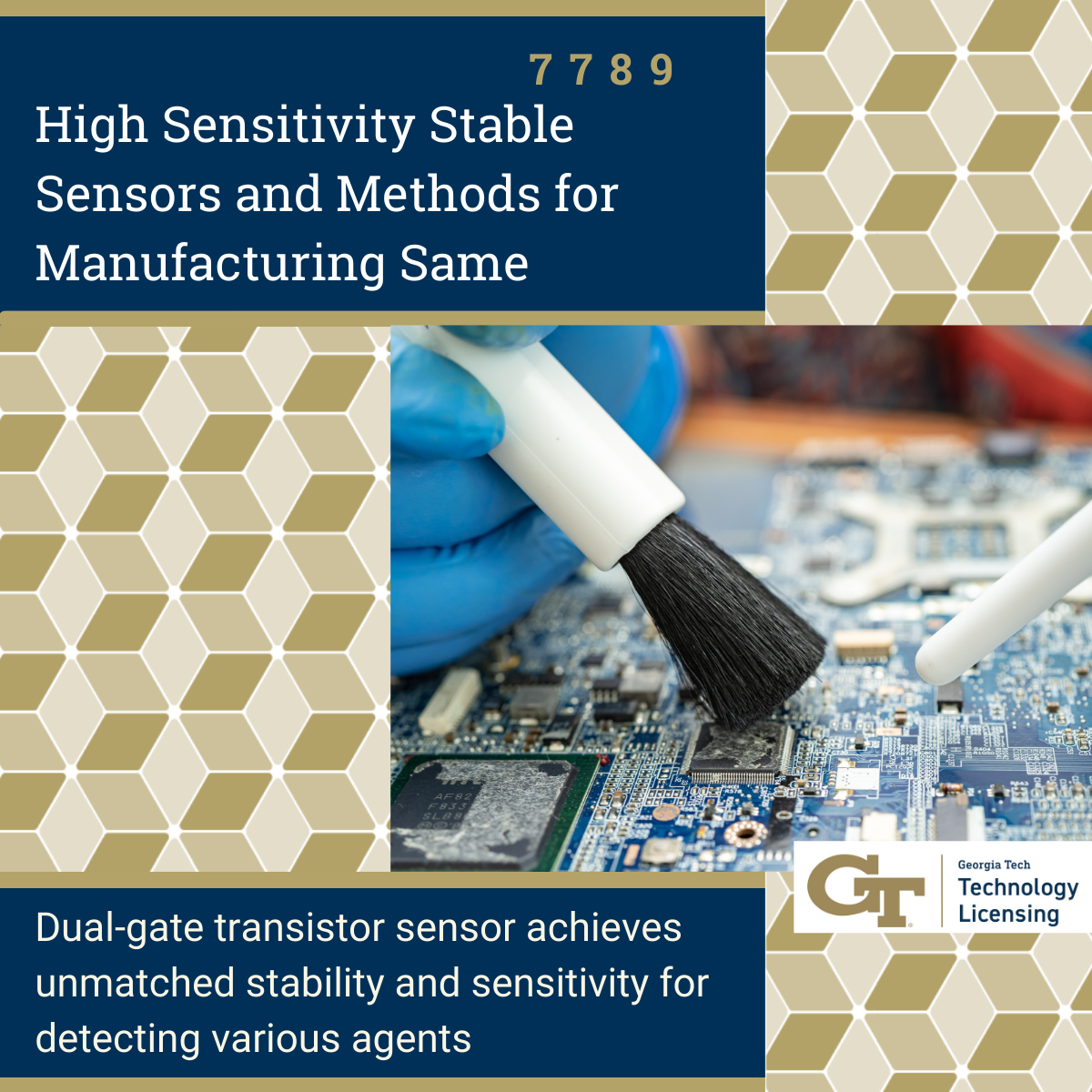
This technology introduces a dual-gate field-effect transistor sensor that enhances sensitivity, stability, and compatibility with flexible substrates, offering a cost-effective solution for applications in health monitoring, IoT, environmental sensing, and radiation detection.
View more on GA Tech Website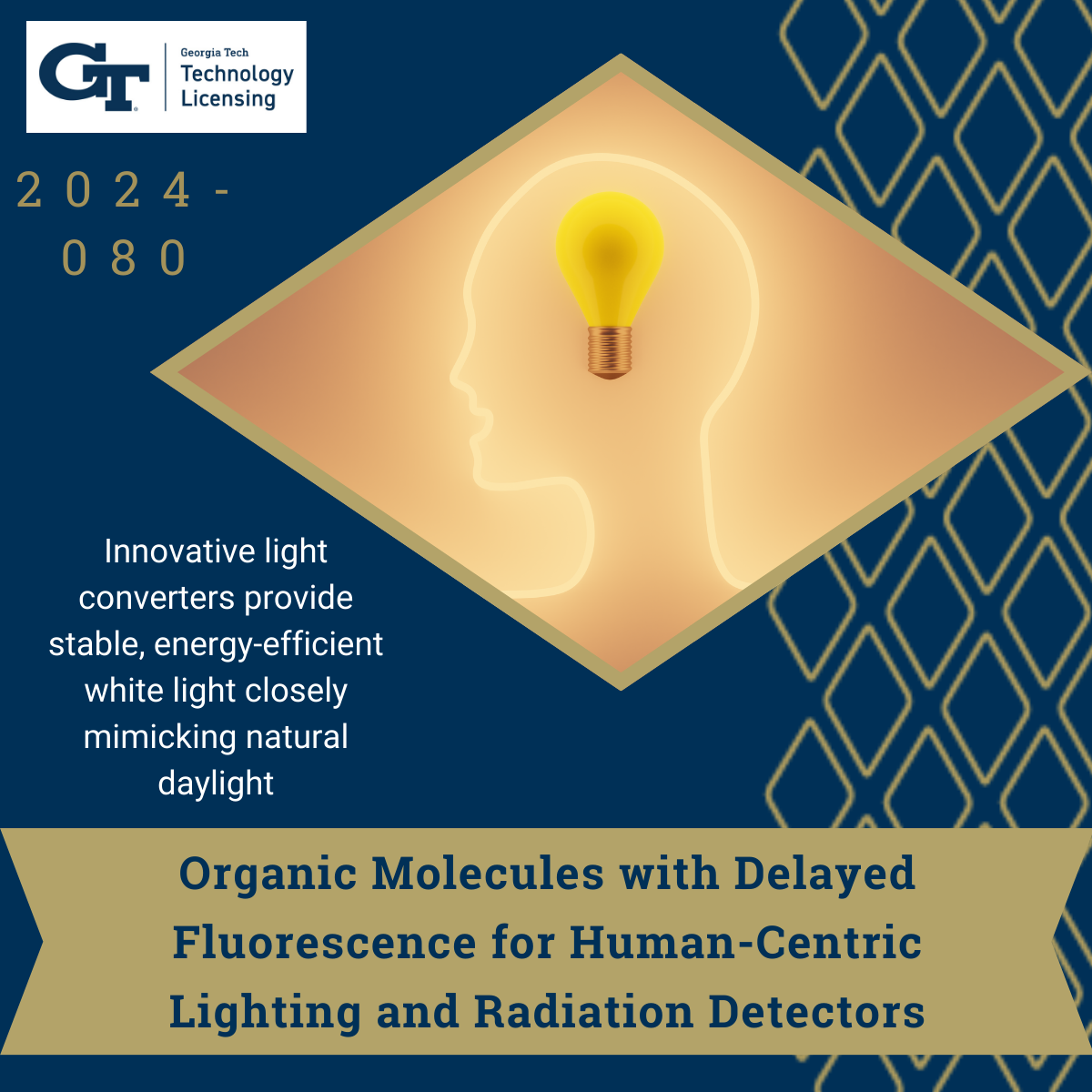
This technology uses organic molecules with delayed fluorescence to create light converters that closely mimic natural daylight, providing energy-efficient, high-quality indoor lighting that supports circadian health and reduces visual fatigue.
View more on GA Tech Website